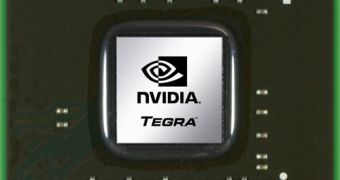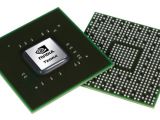Santa Clara, California-based NVIDIA, announced today the launch of its next-generation Tegra processor, designed to accomodate the performance requirements of the mobile segment. Building on the company's previous generation of processors, the new Tegra processor is expected to be featured in a number of new devices, mainly due to the high number of features that have been integrated into the new chip. According to NVIDIA, the new Tegra will deliver support for high-performance browsing, streaming 1080p videos and Flash 10.1 acceleration, while offering an impressive battery life.
“Without question, 2010 is going to be year of the tablet," said Tim Bajarin, president, Creative Strategies, Inc. “The new NVIDIA Tegra processor has a unique feature set critical for tablets -- fast web browsing with fully rendered pages, uncompromised graphics, snappy user interface and HD video - all with the battery life we’ve only seen with cell phones.”
Among the key features of NVIDIA's Tegra chip, the company included the use of the world's first dual-core ARM Cortex A9 CPU, with a core speed of 1GHz, up to eight independent processors designed to handle web browsing, HD video encode and decode, as well as mobile 3D gaming. In addition, the chip was manufactured using TSMC's latest 40nm process, ensuring both performance and battery life. Furthermore, users should expect 4x the performance of the company's previous generation of Tegra processors, with a 10x performance advantage over the processors used in smartphones today.
Aside from that, the chip will provide hardware support for Adobe Flash 10.1 acceleration for streaming video and 3D mobile games, a resolution ranging from 4 to 8 times that of smarphones, screen size from 5 to 15-inches, 3D touchscreen user interface and more. The chip is expected to be featured in a number of new devices, some of which will be announced during CES.

 14 DAY TRIAL //
14 DAY TRIAL // 
